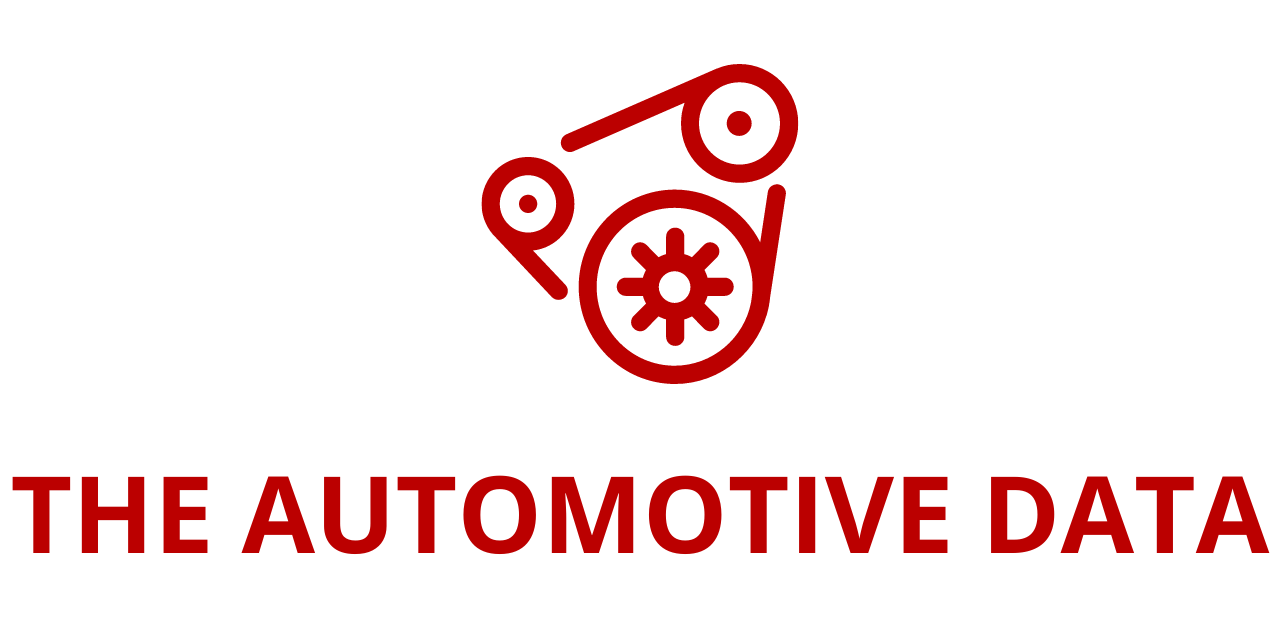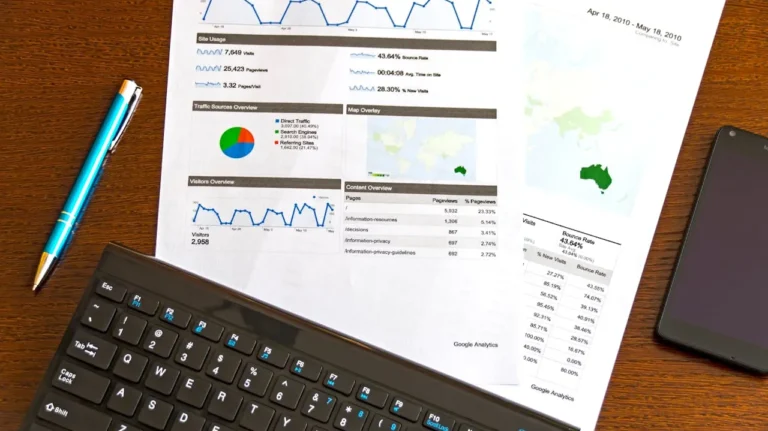
Banks Reclaim Ground in Auto Financing Market in Q1 2025, Experian Reports
Banks are making a strong comeback in the U.S. automotive finance market, according to Experian’s latest State of the Automotive Finance Market Report: Q1 2025. After several quarters of lagging behind captives and credit unions, banks expanded their presence significantly during the first quarter of the year. Experian’s data shows that banks’ overall market share rose to 26.55% in Q1 2025, up from 24.79% a year earlier, signaling a shift in consumer financing trends and lender dynamics.
This resurgence comes at the expense of captive finance companies, whose market share slipped from 31.28% in Q1 2024 to 29.81% in Q1 2025. Credit unions, while still growing, posted only a marginal gain, moving from 20.20% to 20.63% year-over-year.
Banks Bounce Back as Interest Rate Environment Shifts
“For the first time in years, we’re seeing banks expand market share and reassert their presence in a growing and competitive market,” said Melinda Zabritski, Head of Automotive Financial Insights at Experian. “This shift counters many of the trends we observed in the post-pandemic era, where high interest rates and the return of new inventory allowed captives to dominate the space with aggressive incentives.”
Zabritski noted that banks have recalibrated their strategies in response to a stabilizing rate environment and more predictable vehicle inventories, enabling them to attract a broader segment of buyers—particularly in the used car market, where pricing remains critical.
New Vehicle Financing: Captives Still Lead, But Banks Close Gap
While captives still dominate new vehicle financing, their grip is weakening. In Q1 2025, captives accounted for 57.08% of new vehicle financing, down significantly from 62.07% a year earlier. Banks, by contrast, increased their share of new vehicle loans from 20.37% to 24.13% year-over-year, reflecting both a more favorable lending environment and increased consumer demand for competitive loan options outside of OEM-affiliated lenders.
Credit unions also improved their new vehicle financing presence, with market share rising from 9.62% in Q1 2024 to 10.89% in Q1 2025. This indicates that consumers are increasingly open to exploring financing options beyond traditional dealership offers, especially those seeking better rates or more flexible terms.
Used Vehicle Financing: Banks Lead, Credit Unions Close Behind
In the used vehicle financing segment, banks now hold the largest market share at 28.37%, up slightly from 27.88% a year ago. Credit unions are a close second at 28.24%, rising from 27.71%. Captives, however, saw their share dip notably, from 8.45% in Q1 2024 to 7.42% in Q1 2025.
This trend underscores the highly competitive nature of used vehicle financing and the continued importance of rate sensitivity in this segment. Used vehicle buyers—often more price-conscious and credit-sensitive—are gravitating toward lenders offering attractive terms and personalized service, such as community-based credit unions and consumer-friendly banks.
Automotive Finance Market Stabilizing with Lower Delinquencies
Amid these shifts in lender activity, the broader automotive finance market appears to be stabilizing. Experian reported that 30-day loan delinquencies dropped from 2.10% in Q1 2024 to 1.95% in Q1 2025—a sign that consumers are managing their financial obligations more effectively. Sixty-day delinquencies remained flat at 0.83%, year-over-year.
This is encouraging news for lenders and the industry at large, as delinquency rates are often a key indicator of overall credit health and economic resilience.
Loan Attributes Show Moderate Changes
Experian’s Q1 2025 data also highlights some moderate shifts in loan attributes for both new and used vehicles:
- New Vehicle Loans:
- The average loan amount increased by $1,110 year-over-year to $41,720.
- Average interest rates decreased slightly from 6.85% to 6.73%.
- The average monthly payment rose from $737 to $745.
- Used Vehicle Loans:
- The average loan amount saw a modest rise of $90 to $26,144.
- Average interest rates declined from 12.36% to 11.87%.
- Monthly payments decreased slightly by $3 to $521.
These shifts reflect a more balanced financing landscape where pricing pressures are being partially offset by lower interest rates, improving affordability even as loan amounts increase modestly.
“With many consumers receiving tax refunds and others exploring refinancing options, we observed some positive shifts in the automotive finance market,” said Zabritski. “Lenders and dealers will want to keep a close eye on how these trends evolve and adjust their go-to-market strategies accordingly.”
Leasing, EVs, and Other Key Trends
Experian’s report also offered insights into broader market dynamics:
- Leasing Activity: New vehicle leasing increased slightly, with lease transactions accounting for 24.69% of new vehicle financing in Q1 2025, up from 23.71% the previous year. This suggests a gradual resurgence of leasing, possibly driven by rising vehicle prices and the appeal of lower monthly payments.
- EV Financing Trends: Electric vehicles (EVs) made up nearly 10% of all new vehicle transactions in the quarter, continuing their upward trajectory. Notably, about 60% of EVs were leased rather than financed through loans, a trend likely influenced by favorable lease offers and evolving EV depreciation patterns.
- Loan vs. Lease Payment Gap: The average monthly payment difference between new vehicle loans and leases was $142 in Q1 2025. This spread continues to highlight leasing as a cost-effective alternative for consumers looking to drive new vehicles without committing to long-term ownership.
Competitive Landscape in Flux
As the U.S. automotive finance market continues to adjust to changing interest rates, consumer preferences, and macroeconomic forces, banks are clearly reasserting themselves as key players. The slight contraction in captives’ market share and the steady gains made by credit unions and banks suggest a more diversified and competitive lending environment in 2025.
Experian’s Q1 2025 report underscores that while new vehicle financing still leans heavily toward captives, the tide is shifting, particularly as banks grow their footprint in both the new and used segments. For lenders, dealerships, and automakers alike, the message is clear: adaptability, competitive rates, and consumer-centric approaches will define success in the months ahead.







